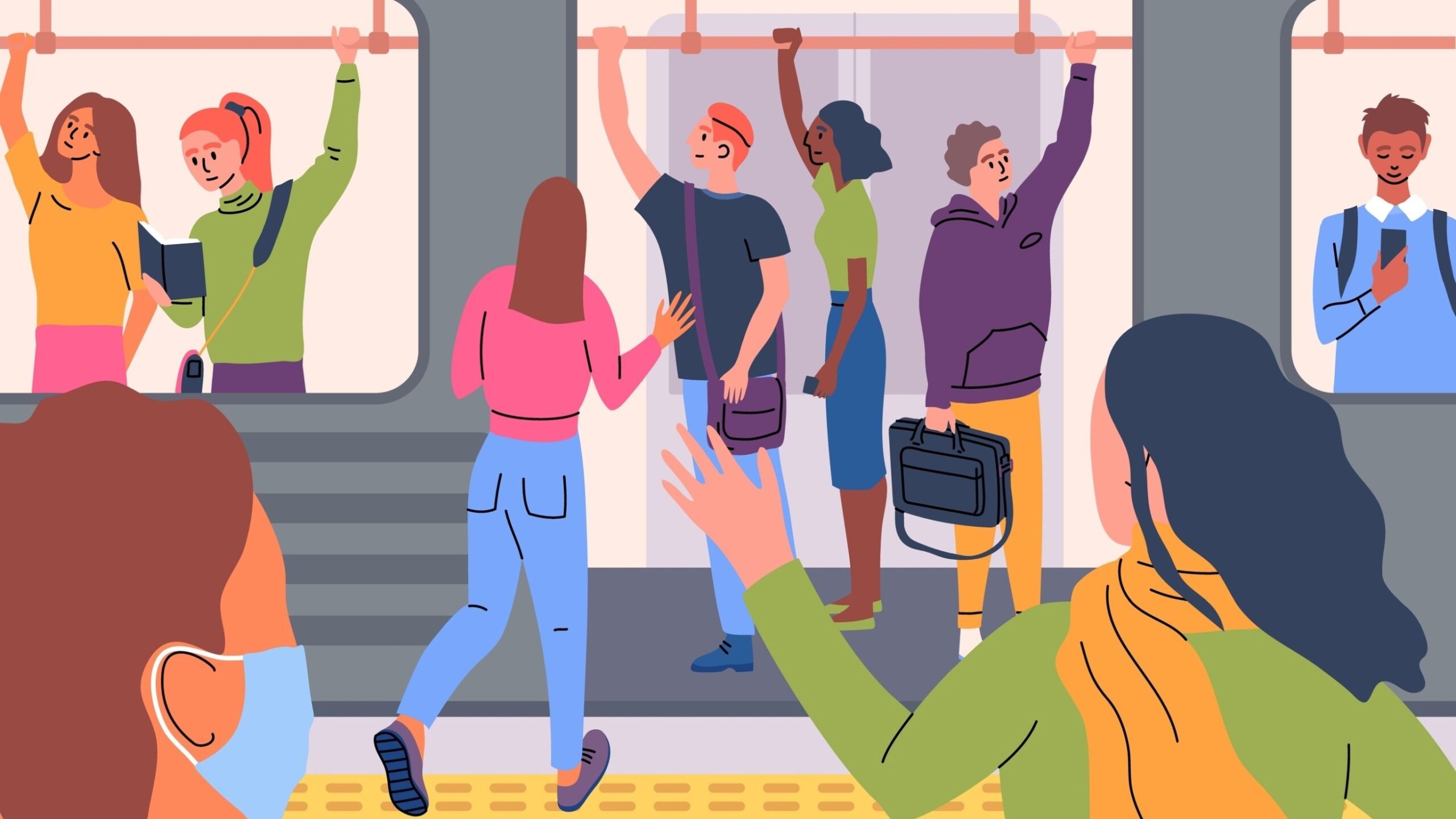Plenty has been written in the last few years that discusses the way the pandemic and the cost-of-living and housing crisis have driven the rise in commuter students across the sector.
And as the commuter student series has demonstrated, universities and student unions can take steps to better meet the needs of this community.
We know they are less engaged, more financially constrained, exhausted, and more likely to have lower degree outcomes compared to campus students.
And yet despite knowing all of this, it sometimes feels like we are circling the drain when it comes to implementing better policies for commuter students.
And part of the issue is that we are still framing students’ decision to commute as a choice rather than a necessity when it comes to decision making.
While some may argue this is semantics and that the two words are interchangeable, the difference in experience between choice commuters and necessity commuters is something to interrogate.
Spot the difference
Last year, I read the Blackbullion Student Money & Wellbeing 2024 report and for students who identified themselves as commuters they were asked, “Is this by choice or a necessity?”
319 students identified by choice and 234 by necessity.
While the difference in word choice might seem minor, the data presented throughout the report revealed their experiences were in fact quite different.
For example, non-commuter students need about £577 a month more than what they currently have compared to £671 for commuters by choice and £782 for commuters due to necessity.
Recognising these financial differences as well as others could help universities provide more targeted support.
Things like commuter friendly timetables, better event planning and reducing hidden course costs benefit all students, but it could also potentially provide a noticeable financial reprieve for those who commute due to necessity.
To better support different student groups the sector needs a deeper understanding of the nuances within their student population and the impact on attendance, engagement, and belonging in order to design effective interventions.
Our commuters
At Royal Holloway, 40 per cent of our students are commuters.
And this year the students’ union is running a policy inquiry to examine their academic experience, seeking feedback from current commuter students through online surveys and qualitative activities like a paid in-person focus group and a journaling activity.
We followed Blackbullion’s lead and asked students whether they commuted by choice or necessity in our term one online survey which received 654 responses.
58 per cent of respondents identified as necessity commuters, 39 per cent were choice commuters and three per cent preferred not to say.
The patterns across year groups revealed undergraduates in earlier year groups were more likely to commute by choice while late-year undergraduate and postgraduate students commuted due to necessity.
When asked to explain in more detail why they commuted, the top reasons given were often financially motivated around expensive accommodation, the cost-of-living crisis, not wanting to take out a maintenance loan, and the fact they could not justify the expense of living out when they had close transport links to the university.
Sticky campus
We also wanted to better understand commuter travel patterns.
Looking at the data we learned that 72 per cent of overall commuters come to campus only on the days they have teaching, 17 per cent come to campus more days than they have scheduled teaching and 11 per cent come less days than they have teaching.
Within the 17 per cent who come to campus more days, 63 per cent of those students are commuters by necessity compared to 33 per cent of commuters by choice.
Despite extending their time on campus, 60 per cent of necessity commuters reported that their commute negatively impacts their ability to socialise with other students compared to about 41 per cent of commuters by choice who felt this way.
In terms of forming friendships, commuters by choice felt more positively with 67 per cent feeling they have had good opportunities to form friendships and foster a sense of belonging within the student community versus 55 per cent of commuters by necessity.
These differences extend into their academic socialisation, and 55 per cent of choice commuters agreed to an extent they felt part of an academic community compared to 48 per cent of necessity commuters.
Our survey highlighted that managing their studies was a major barrier which impacted daytime socialisation for commuter students. 85 per cent of choice commuters stated they found their workload manageable versus 72 per cent of necessity commuters.
A high proportion of respondents indicated they manage their workload, but they compensate by studying during their commutes or teaching breaks, limiting their time to socialise.
Taking all of this into account it is no surprise that necessity commuters were more likely to report their commute affects their physical or mental well-being at 37 per cent compared to 17 per cent of choice commuters.
Where do we go from here?
When it comes to commuting by choice or by necessity, necessity commuters face greater financial, academic and social challenges.
Once universities and students’ unions reframe their thinking around commuting as a necessity rather than a choice, they can create more targeted support to support this community.
Things that might alleviate the pressures commuters face include commuter-friendly timetables, hybrid teaching options, travel bursaries or affordable overnight accommodation options to reduce exam stress or attendance at late-night events.
We also need to reach out and ask what types of commuter-friendly events and initiatives they would like and what would work for them to build better social inclusion on their terms.
Right now, commuter students feel left behind and invisible when they’re on campus. But we can change this narrative if we rethink our perception of this community and create more targeted policies to support them across their student journey by first understanding the nuance.
This blog is part of our series on commuter students. Click here to see the other articles in the series.

